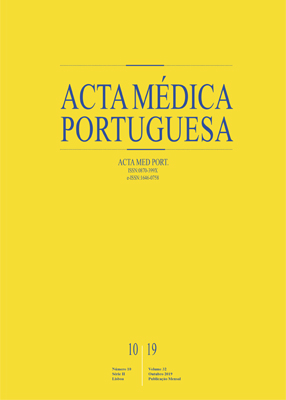Diagnostic and Therapeutic Challenges in Atypical Hemolytic Uremic Syndrome: A Case Report
DOI:
https://doi.org/10.20344/amp.10021Keywords:
Atypical Hemolytic Uremic Syndrome, EculizumabAbstract
The atypical hemolytic uremic syndrome comprises a thrombotic microangiopathy resulting from the complement alternate pathway hyperactivation. Its severity requires early diagnosis and treatment. The differential diagnosis includes typical hemolytic uremic syndrome (associated with Shiga toxin) and thrombotic thrombocytopenic purpura (associated with deficient activity of ADAMTS13). The only specific treatment currently available for atypical hemolytic uremic syndrome is eculizumab. We describe the case of a child with atypical hemolytic uremic syndrome diagnosed in the context of bloody diarrhea, complicated by neurological involvement that posed several diagnostic and therapeutic challenges.
Downloads
Downloads
Published
How to Cite
Issue
Section
License
All the articles published in the AMP are open access and comply with the requirements of funding agencies or academic institutions. The AMP is governed by the terms of the Creative Commons ‘Attribution – Non-Commercial Use - (CC-BY-NC)’ license, regarding the use by third parties.
It is the author’s responsibility to obtain approval for the reproduction of figures, tables, etc. from other publications.
Upon acceptance of an article for publication, the authors will be asked to complete the ICMJE “Copyright Liability and Copyright Sharing Statement “(http://www.actamedicaportuguesa.com/info/AMP-NormasPublicacao.pdf) and the “Declaration of Potential Conflicts of Interest” (http:// www.icmje.org/conflicts-of-interest). An e-mail will be sent to the corresponding author to acknowledge receipt of the manuscript.
After publication, the authors are authorised to make their articles available in repositories of their institutions of origin, as long as they always mention where they were published and according to the Creative Commons license.









